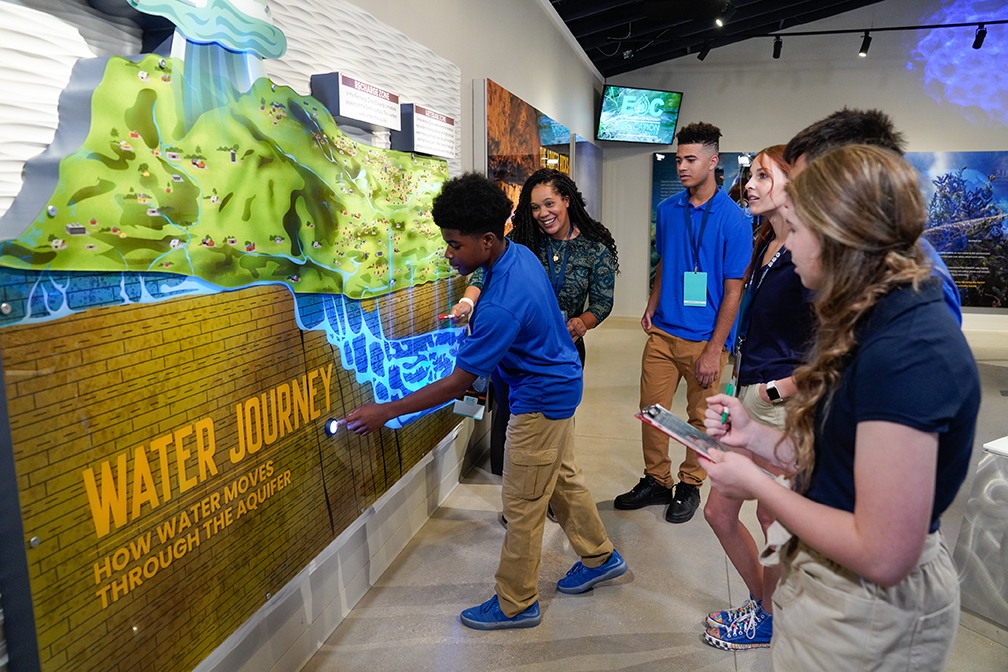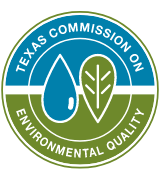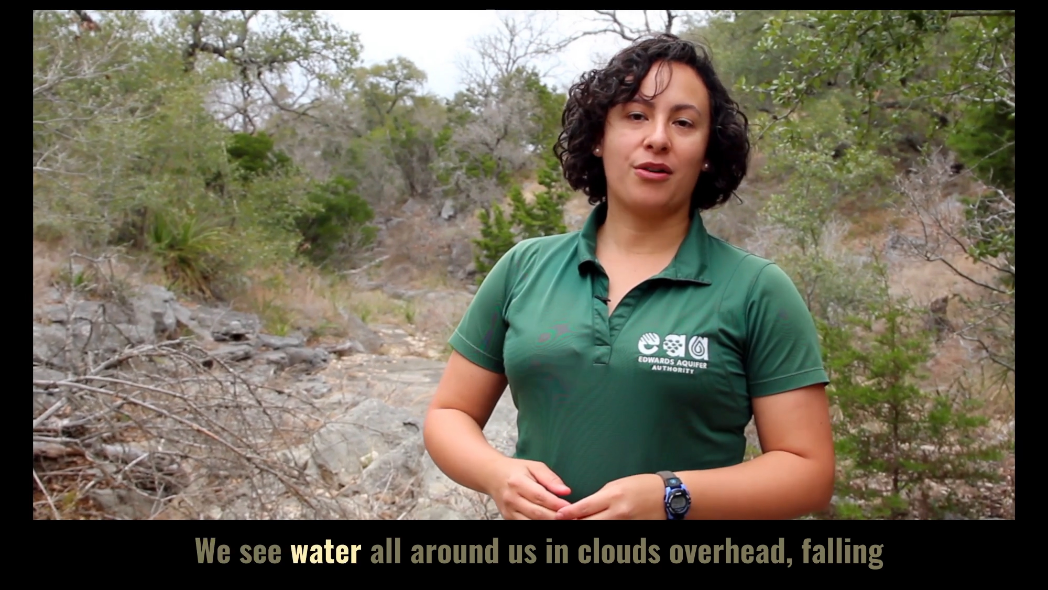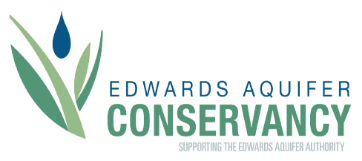Enhancing The Edwards Aquifer
Our Job
We enhance the Edwards Aquifer through science and education. The science we apply to better our understanding of the Aquifer is carried out by EAA staff professionally trained in a variety of areas. Our scientists use all kinds of equipment to collect and analyze data that helps us to better understand the Edwards Aquifer — and consider the efficacy of nature-based solutions that can improve both the yield and quality of water entering the Aquifer.
A Living Lab
To support science the EAA has established a Field Research Park, where EAA scientists collect and analyze data to determine the relationship between rainfall, soil & rock, vegetation, and the aquifer. With time, the various nature-based solutions put into practice at the Park can be carefully curated and accurately accessed — and those solutions with proven promise can be shared with anyone.
Science & Sustainability
Enhancing the quantity and quality of water that goes into the Edwards Aquifer, as recharge, can benefit everyone. The EAA, using scientific tools and methods, is working to find long-term solutions for sustainability of the aquifer.
Shared Resources
There’s so much we can collectively learn through sharing research. That’s why we’ve made our aquifer data available to the public.
Get the facts, figures, and stats you’re looking for here:

Field Data Collection:
The EAA collects a significant amount of data each year and provides real-time data for stakeholders, scientists, educators and members of the community. Data consists of water chemistry, groundwater levels and precipitation, groundwater recharge, discharge and type of use.

Water Level Monitoring:
Water level data are critical for EAA’s management of the San Antonio Pool and the Uvalde Pool of the Edwards Aquifer.

Evapo-transpiration Predictions:
The EAA, along with partners are developing a network of weather stations that collect climatic and soil moisture data used to calculate evapotranspiration (ET) values across the Edwards Aquifer Recharge and Contributing Zones.

Historical Data:
The EAA provides historical groundwater and spring flow data, including daily highs, averages, and variance from norms. Users can access past readings from yesterday to years ago for analysis.
The Edwards Aquifer Authority maintains a strategic network of environmental data collection sites throughout the region.

Education
To appreciate the Edwards Aquifer is to understand its unique role in supporting the region’s population with the water for the preservation of their lives and livelihoods. And to support understanding, the EAA has over the years provided educational support and materials to schools and teachers throughout the eight counties. These efforts have enlightened students and driven home the point that water is a vital and precious resource, and cannot be wasted.
In 2022 the Education Outreach Center (EOC) was created as a free resource to schools and the general public. The water journey is detailed through exhibits and presentations that bring to life the world of the Aquifer and amplify both its natural beauty and function. The Center is open weekdays to all.
Our Partners





Did You Know?
In addition to engineered structures like recharge dams, the EAA enhances the aquifer through nature-based methods including land conservation and soil restoration practices to improve the water-holding capacity of lands in the watershed of the aquifer.
Learn More About The Water Cycle From Our Team

Want To Get Involved?
The Edwards Aquifer Conservancy’s mission is to support and benefit the work of the Edwards Aquifer Authority.
Get involved.

 Aquifer Conditions
Aquifer Conditions

 CURRENT
CURRENT 
